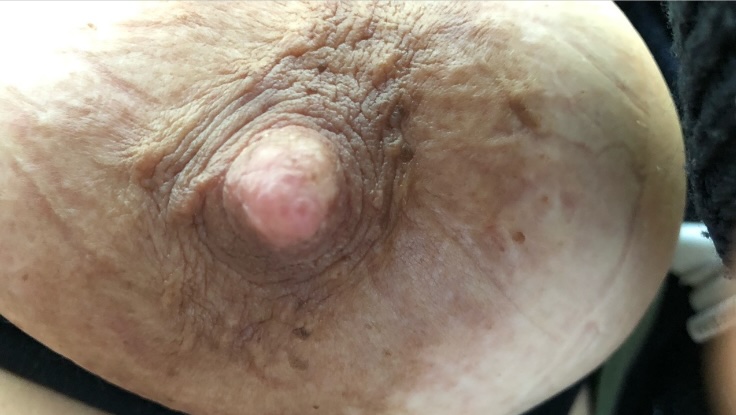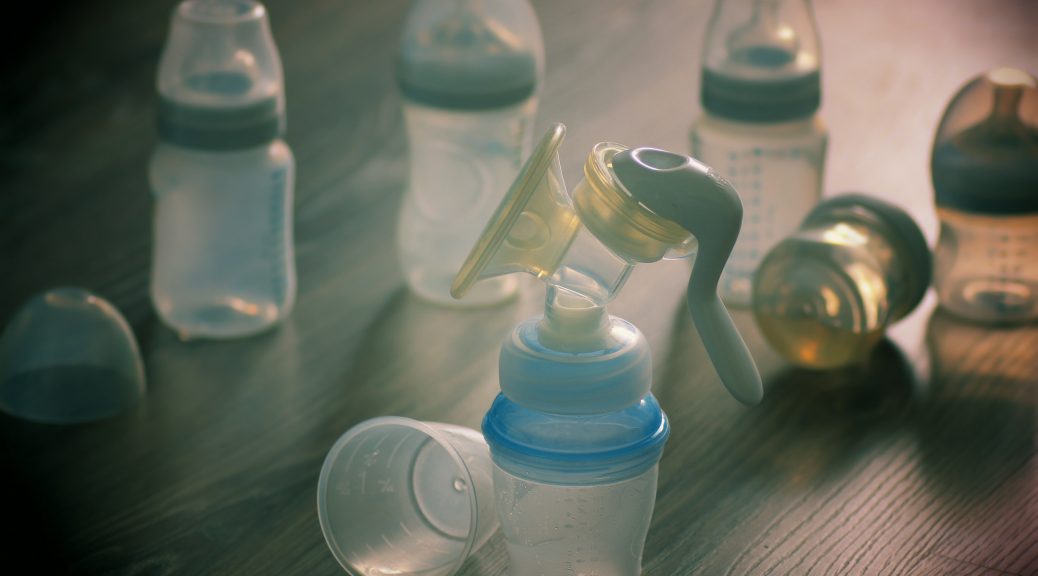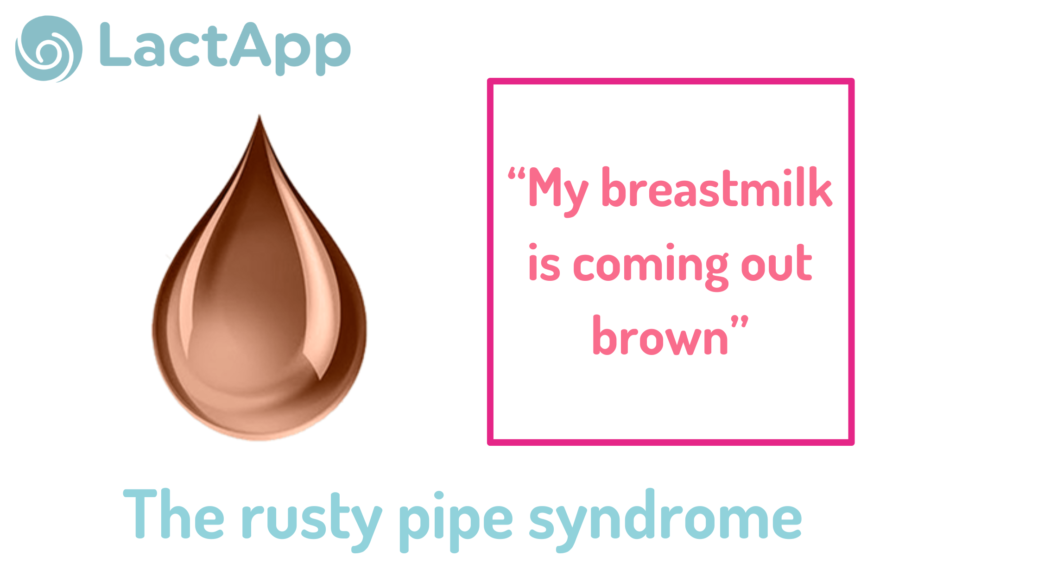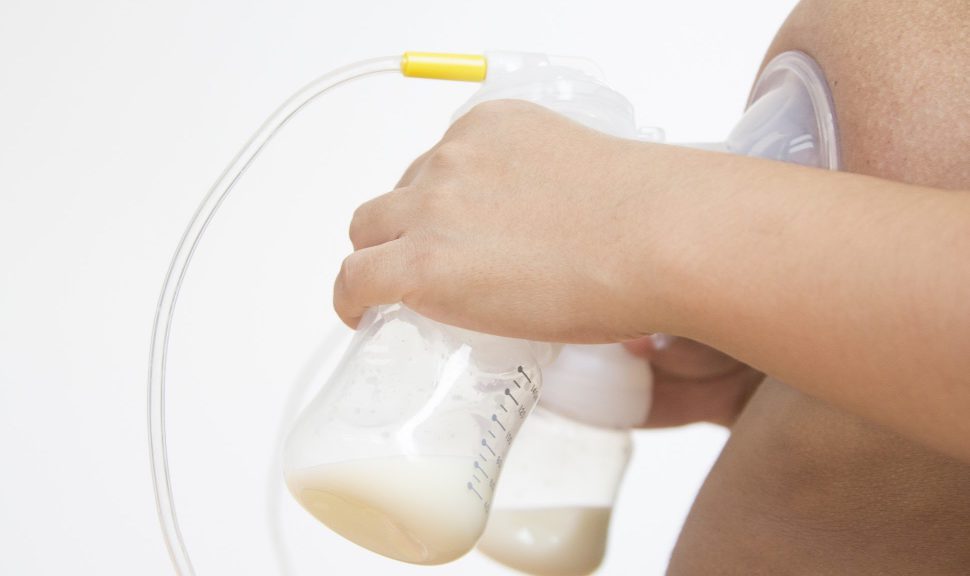International Women’s Day in Breastfeeding Care
When it comes to breastfeeding, much has been written and said about the benefits of breastfeeding for the health of mothers and babies, and they are repeated over and over again. However, there is a glaring lack of research on pain care during breastfeeding, difficulties with low milk supply, how to accompany weaning, or how to care for breastfeeding when it is not satisfying, among others. We know that the field of scientific knowledge about women’s health is limited. Often,…









